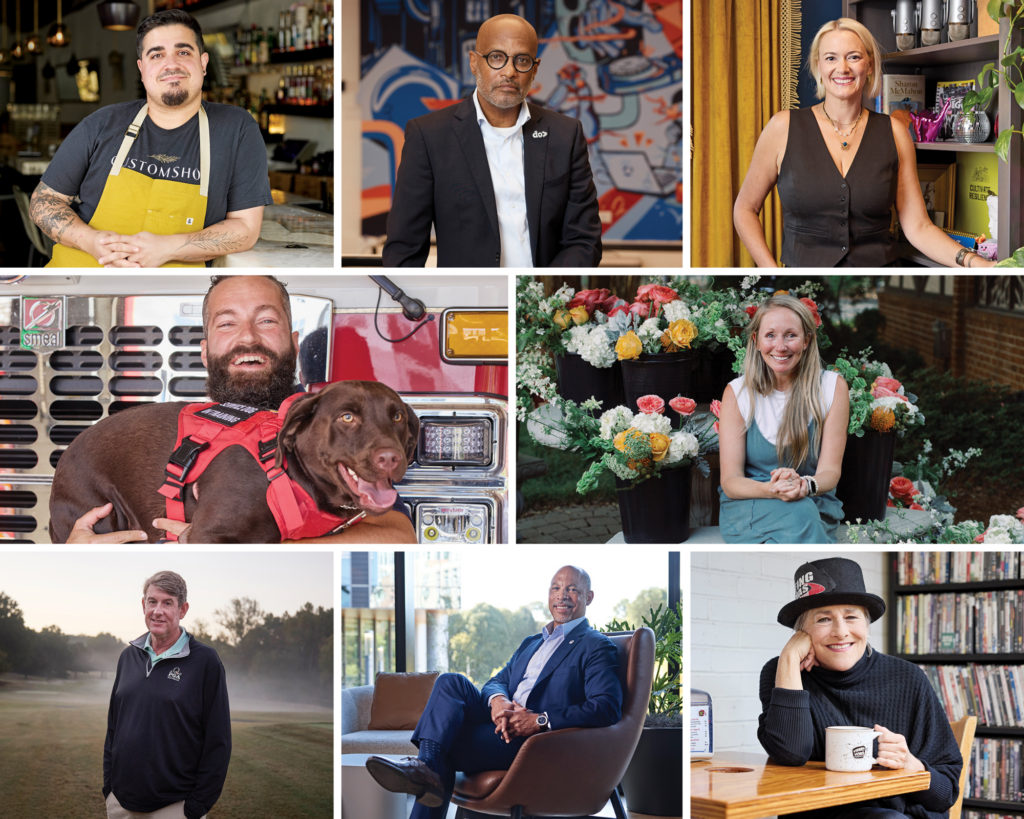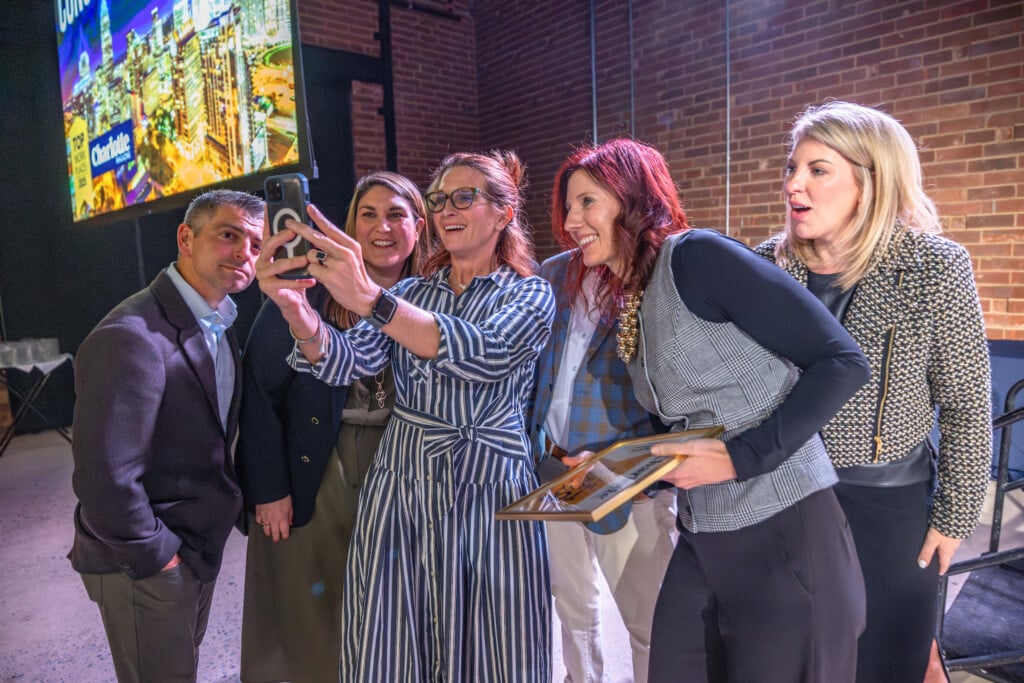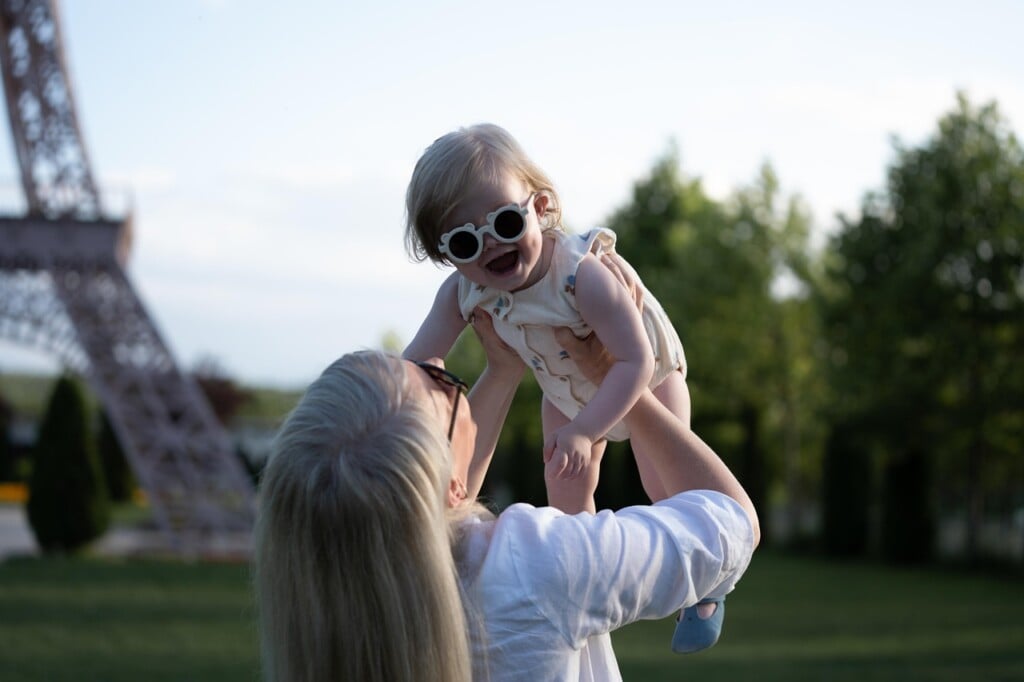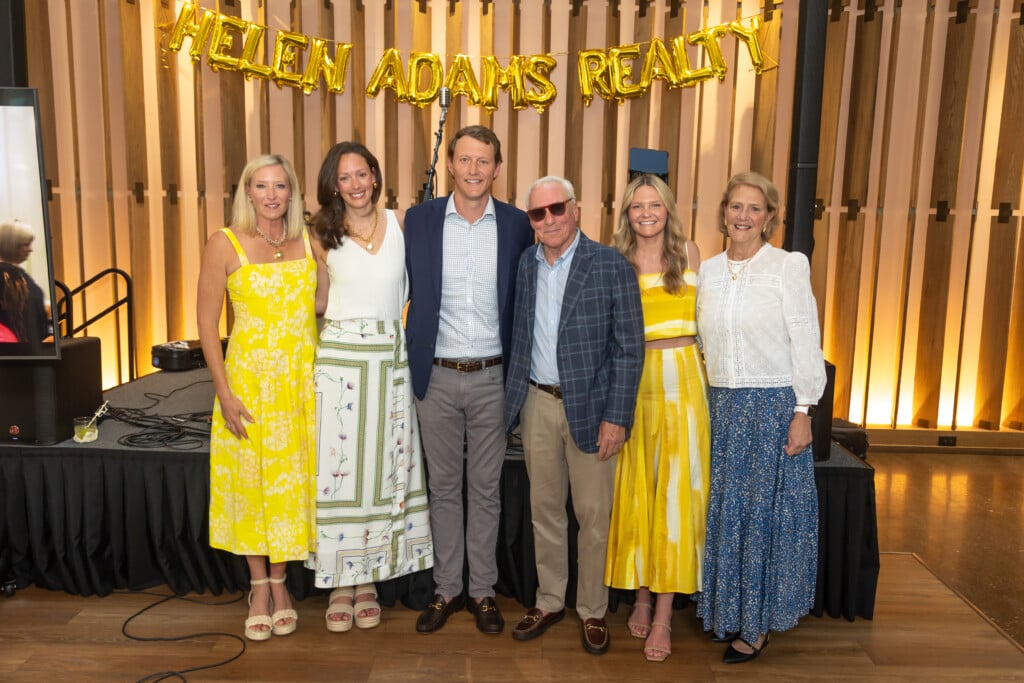STYLE: Lords of Harlech
The Charlotte-based menswear brand blends the American experience with international flair
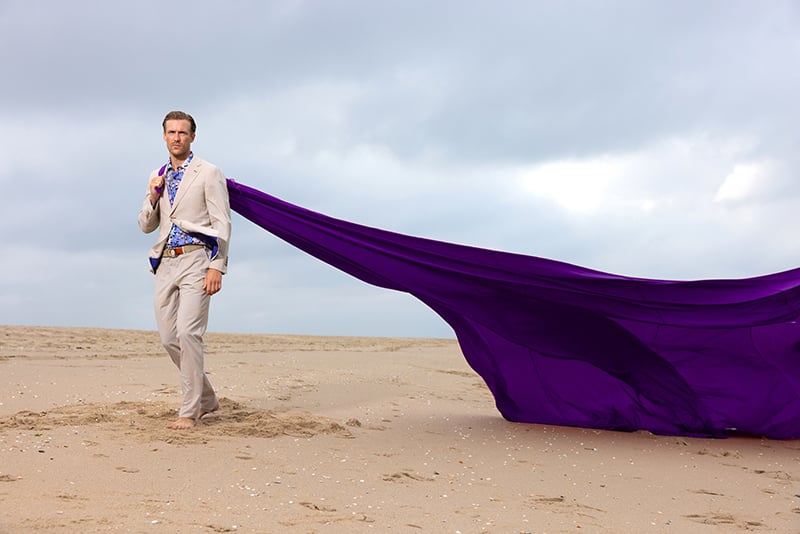
“Lords of Harlech” refers to the historical rulers of Harlech Castle in Wales, a medieval fortress. It’s also the name of the Charlotte-based menswear brand that Paul Mainwaring founded in 2016. Known for its vibrant colors, bold prints, and intricate embroidery, Lords of Harlech stands out in a space that favors minimalist, monochromatic looks.
In the last nine years, the British designer has grown this small, luxury label to an international brand sold in more than 30 countries. “We’re not high fashion—we’re wearable fashion for men,” he says. “I always liked color, but I’m using it in a way for men that’s not as crazy as it would seem. Color, print, and texture are important. We combined that with luxury fibers, and that’s where we positioned the brand.”
Collections have names like Rockstar, Dragon, and Speakeasy. Season after season, his prints have grown bolder. His last fall-winter collection, Pompeii, pulled inspiration from the aging statues, brickwork, and mosaics from the ruins of the ancient Italian city. “Florals are a big part of what we do. That’s our safe go-to,” Mainwaring says. “We do a lot of paisley but not traditional paisley. This is more lively and fresh.”
When we speak over Zoom in January, Mainwaring has just returned from a fashion show in Florence, Italy. He’s in Charlotte for less than 48 hours before he leaves for a trade show in Copenhagen. Two weeks after that, he’ll be in Chicago to show his spring collection. He says he’s jet-lagged, but I’m too charmed by his accent to notice.
Mainwaring, 55, was born in England to a Welsh father and English mother. He came to New York in 1999 for a job with Saks Fifth Avenue, then worked for several retail brands, including Nordstrom and Urban Outfitters. He moved to Charlotte in 2012, when Belk hired him to build their private men’s label. Four years later, he left to start Lords of Harlech.
“I saw a gap in the menswear market,” Mainwaring says. “North Carolina has Peter Millar in the traditional market … but there is a consumer out there looking for some fun prints, and we’re tapping into that.”
When our conversation turns to textiles, Mainwaring grows more animated and seems to forget about his jet lag. “We do everything from scratch,” he says. “We don’t buy anyone else’s fabrics. We apply the prints to the textiles we develop … We developed knit merino shirts, which sounds very heavy, but it’s not. It’s the best fabric to be worn in the heat.”
He’s done most of his manufacturing in Asia, but last year, Lords of Harlech launched its highest-priced collection, which it manufactured in Italy. The spring 2025 collection, Meadow Memories, is “quite artistic” and “a little bit dreamy in its approach.” He’s also working on a women’s line that will launch in September.

“Men’s prints have blossomed,” Mainwaring says. “The whole mix-and-match is more common in women’s than men’s fashion. We didn’t expect people to buy that way, but people surprised us, so we’ve embraced that principle of mixing and matching prints.” Courtesy, Ruud Baan
Today, Mainwaring lives in Salisbury and works out of a corporate office off Nations Ford Road in south Charlotte. “It’s a little creative hub,” he says. “It’s half-warehouse, half-office, and we have space where we do a bit of photography.” He employs eight people in North Carolina and 25 globally. Lords of Harlech doesn’t have a storefront in Charlotte, but the designs are available online and at Bruce Julian Clothier, the longtime menswear boutique in Myers Park.
Mainwaring has built his brand as a wholesaler to a small roster of independent boutiques and luxury resort shops in the U.S. and Europe. In February, he expanded with his first storefront in Amsterdam. “We purposely kept away from competing against retailers,” he says. “Amsterdam doesn’t have many multibrand retail outlets. It’s a bohemian city, so it’s apt for what we see as our consumer.”
Despite all of his globetrotting, it made sense to Mainwaring to base his business in Charlotte. “Bizarrely enough, Charlotte has been a big influence,” he says. “Back in the day, it was a textile hub. Knit fabrics and denim were a big part of that. So there’s a rich history in textiles … and the South tends to be more traditional in its approach to fashion, but we’ve found consumers looking for what we do. It’s great to see consumers in small North Carolina towns buying from us.”

